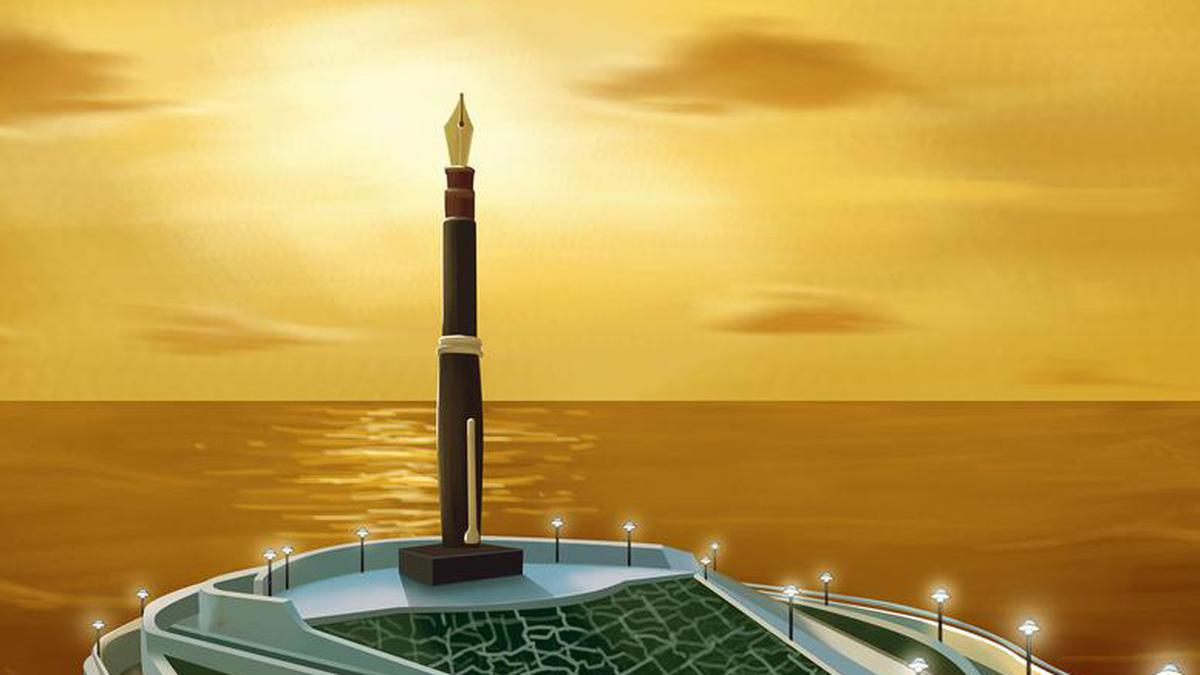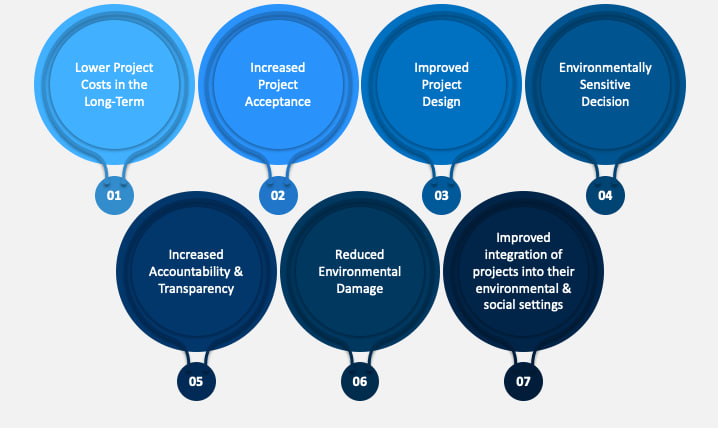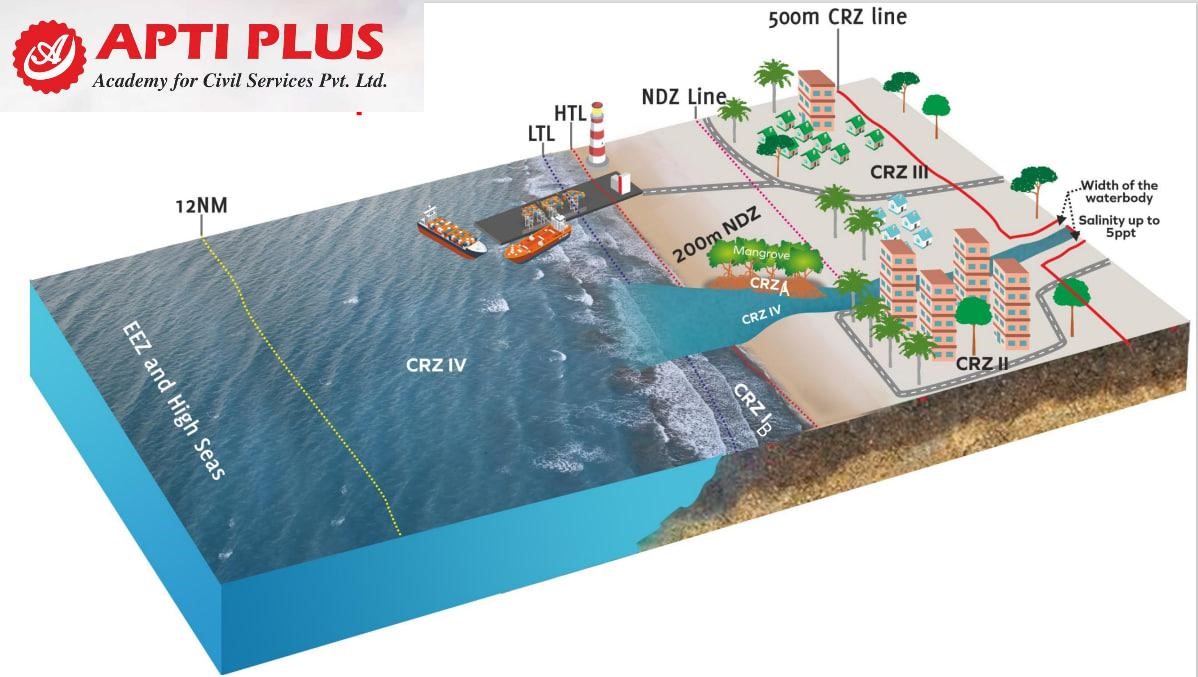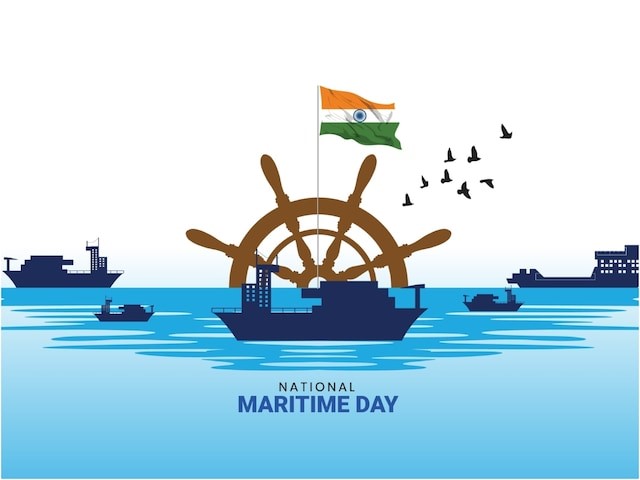Description

Copyright infringement not intended
Context: The Expert Appraisal Committee (EAC) to make the final decision on the proposed pen memorial for former Chief Minister M. Karunanidhi.
Kalaignar Pen Monument
About
- It is a proposed offshore memorial to honour the late M Karunanidhi, a former Chief Minister of Tamil Nadu and a prolific writer, poet, and orator.
- The monument, which will be shaped like a giant pen, will symbolize his contributions to Tamil literature and culture, as well as his political legacy.
- The project was announced in 2022 and is expected to cost Rs 81 crore and cover an area of 8,551 sq m in the Bay of Bengal, about 360 m from Marina Beach in Chennai.
Key Features
- The monument will feature regional motifs, architecture, and designs with Tamil heritage elements, and will be surrounded by landscaped gardens.
- The pen monument is a representation of Karunanidhi's achievements in Iyal (poetry and literature), Isai (music), and Naadagam (theatre), the three fundamental pillars of both ancient and contemporary Thamizh, or Tamil.
.jpeg)
Karunanidhi
- Karunanidhi, who was also known as Kalaignar (artist), wrote over 100 books, including novels, short stories, biographies, essays, and memoirs.
- He also penned several plays and screenplays for Tamil cinema and was a renowned speaker and leader of the Dravidian movement.
- The pen monument has been planned as a tribute to Karunanidhi's memory and a source of inspiration for future generations of Tamil writers and artists.
Criticism
- The project has also faced some criticism and opposition from various quarters, including environmental activists, fishermen's groups, and some political parties.
- The critics have raised concerns about the potential ecological damage and loss of livelihoods due to the construction of the monument in the coastal zone.
- They have also questioned the need for such a costly and extravagant project at a time when the state is facing several developmental challenges and social issues
Present Status
- The project requires clearance from the Union Environment Ministry under the Coastal Regulation Zone Notification, 2011.
- The Expert Appraisal Committee of the ministry will decide on granting the clearance.
- The project has already received approval from the Tamil Nadu State Coastal Zone Management Authority.

Expert Appraisal Committee (EAC) of the Union Ministry of Environment, Forests, and Climate Change
About
- EAC is a statutory body that evaluates the environmental impact of various development projects and recommends whether they should be granted environmental clearance or not.
- EAC consists of experts from different fields such as ecology, wildlife, hydrology, geology, sociology, engineering, etc.
- EAC is divided into several sectors such as thermal power, coal mining, river valley and hydroelectric projects, infrastructure and industrial projects, etc. Each sector has a separate EAC that meets periodically to appraise the project proposals submitted by the proponents.
Guidelines and procedures for conducting the environmental appraisal of the projects
- Screening: The EAC decides whether a project requires environmental clearance or not based on its category (A or B), size, location, and potential impacts.
- Category A projects are appraised at the central level by the EAC and the ministry.
- Category B projects are appraised at the state level by the State Expert Appraisal Committee (SEAC) and the State Environment Impact Assessment Authority (SEIAA).
- Scoping: The EAC determines the scope and terms of reference (TOR) for conducting the environmental impact assessment (EIA) study for a project.
- The TOR specifies the key issues to be addressed in the EIA report, such as baseline data collection, impact prediction and assessment, mitigation measures, environmental management plan, public consultation, etc.
- Public consultation: The EAC reviews the public consultation process conducted by the project proponent as per the EIA notification 2006.
- The public consultation involves two stages: public hearing and inviting written comments from the public and other stakeholders.
- The EAC considers the views and suggestions of the public and other stakeholders while appraising the project.
- Appraisal: The EAC examines and evaluates the final EIA report submitted by the project proponent along with other documents such as feasibility report, compliance report, risk assessment report, etc.
- The EAC also invites the project proponent for a presentation and discussion on the project.
- The EAC then makes its recommendations to the ministry on whether to grant or reject environmental clearance for the project or to seek additional information or clarifications from the proponent.
- Decision: The ministry considers the recommendations of the EAC and issues the final decision on environmental clearance to the project within a stipulated time frame.
- The decision is communicated to the project proponent and also made public on the ministry's website.
Conclusion
- The EAC plays a crucial role in ensuring that the development projects are environmentally sound and sustainable. It ensures that the projects comply with the relevant laws and regulations about environmental protection and conservation. It acts as a bridge between the government, the project proponents, and the public in facilitating transparent and participatory decision-making on environmental matters.

Benefits of Evaluating the environmental impact of Projects
Keywords
Coastal Regulation Zone Notification, 2011
- It is a legal instrument issued by the Ministry of Environment, Forest and Climate Change (MoEFCC) under the Environment (Protection) Act, 1986.
- It aims to regulate the development and conservation activities along the coastal areas, to ensure the livelihood security of the coastal communities, protect the unique coastal ecosystems, and promote sustainable development based on scientific principles.
- It defines the coastal zone as the area from the high tide line (HTL) up to 500 meters on the landward side along the seafront, and up to 100 meters or the width of the creek, whichever is less, on the landward side along the tidally influenced water bodies.
- It classifies the coastal zone into four categories (CRZ-I, CRZ-II, CRZ-III and CRZ-IV) based on their ecological and geomorphological features, and specifies the permissible and prohibited activities for each category.

Coastal Zone Management Authority (CZMA)
- It is a statutory body established by the Government of India under the Environment (Protection) Act 1986.
- The main objective is to protect and conserve the coastal environment and resources, and to regulate the development activities in the coastal areas.
- CZMA has a national-level authority, as well as state-level authorities for each coastal state and union territory.
- The National Authority is responsible for formulating policies, guidelines, and norms for coastal zone management, and for overseeing the implementation of the Coastal Regulation Zone (CRZ) notification.
- The State authorities are responsible for enforcing the CRZ rules, granting clearances for projects and activities in the coastal areas, and monitoring the compliance of the coastal zone management plans.
- It plays a vital role in ensuring the sustainable development of the coastal regions, which are rich in biodiversity, natural resources, and socio-economic opportunities.
- It also addresses the challenges posed by climate change, sea level rise, coastal erosion, pollution, and natural disasters.
- It works in coordination with various stakeholders, such as central and state governments, local bodies, research institutions, civil society organizations, and coastal communities.
|
PRACTICE QUESTION
Q. How can coastal management help to mitigate the impacts of climate change, such as sea level rise, erosion, flooding and storm surges, on coastal areas and populations? What are the benefits and challenges of integrated coastal zone management (ICZM) as a framework for coastal management?
|

https://www.thehindu.com/news/national/tamil-nadu/union-environment-ministry-to-decide-on-final-approval-for-kalaignar-pen-monument-on-april-17-2023/article66744693.ece


















